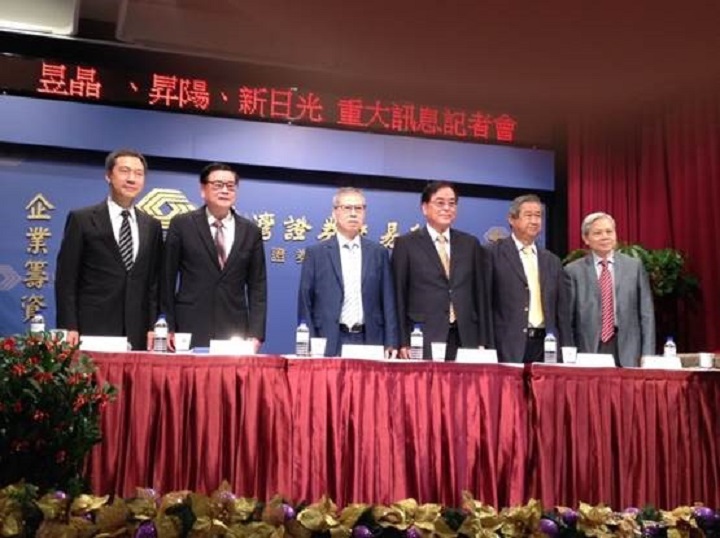Reports have emerged indicating that Taiwan’s Government will invest in UREC via its National Development Fund.
A statement on the government’s website, says, “according to sources”, “the National Development Fund under the Executive Yuan will invest in a new solar energy company as part of the government's promotion of green energy in Taiwan.”
Again referring to “the sources”, the statement said the decision to invest was taken on December 29, 2017. The investment amount has still to be determined, it added, however it said that local media reported before the decision was announced that around NT$4.5 billion to NT$5 billion was expected.
PV analyst Corinne Lin told pv magazine that UREC held a press conference last week to address comments that even with an investment of this amount, the company will be hard pressed to turn a profit, if it continues to solely focus on solar PV cell manufacturing.
During the press conference, said Lin, UREC emphasized that it would be turning its attention to developing downstream solar PV projects, with cell manufacturing expected to account for just 50% of its revenue within five years of the merger.
She added that it will be important for UREC to consider how it develops its downstream business, with module sales becoming key.
“In my personal opinion, Taiwanese manufacturing costs are much higher than Chinese cell makers … So UREC going to downstream is a good strategy for them. But how to build the power plant business successfully is the key point, since Taiwan’s local demand is just 1-2 GW per year,” continued Lin.
According to Taiwan news portal, Digitimes, UREC aims at consolidated revenues of NT$50 billion (US$1.67 billion) in 2019; and NT$90-100 billion in 2023, of which 50% will come from investment in constructing and operating PV systems, 25% from solar cells and 20% from PV modules.
It adds that UREC plans to expand annual production capacity for solar poly-Si wafers from 500MWp to at least 1 GWp. For PERC mono-Si cells and polycrystalline black silicon solar cells, it will expand to 6 GWp, and PV modules from nearly 2 GWp to 3 GWp.
The investment may only go ahead if the stake does not exceed the 6.5% held by UREC’s largest private shareholder, Delta Electronics and that additional capital must be raised after establishment, continues Digitimes. It added that state-run Yao Hua Glass will also invest in UREC for a stake not over 6.5%.
Last October, NSP, Gintech and Solartech announced their plans to merge. The creation of UREC will be based on all three firms having an equal and mutually beneficial say in the running of the new company.
For legal reasons, however, NSP will remain as the surviving company after the merger with its two partners, while NSP chairman Sam Hong, will become UREC chairman.
All three manufacturers endured a difficult first half (H1) 2017, as cell ASPs tumbled following the expiration of subsidies in China, Taiwan’s chief market. NSP reported H1 revenue of NT$4.381 billion ($144.5 million), which represented a year-on-year decline of 57.9%. Gintech fared little better, seeing its revenue fall 30% year-on-year to just $219 million.
This content is protected by copyright and may not be reused. If you want to cooperate with us and would like to reuse some of our content, please contact: editors@pv-magazine.com.




By submitting this form you agree to pv magazine using your data for the purposes of publishing your comment.
Your personal data will only be disclosed or otherwise transmitted to third parties for the purposes of spam filtering or if this is necessary for technical maintenance of the website. Any other transfer to third parties will not take place unless this is justified on the basis of applicable data protection regulations or if pv magazine is legally obliged to do so.
You may revoke this consent at any time with effect for the future, in which case your personal data will be deleted immediately. Otherwise, your data will be deleted if pv magazine has processed your request or the purpose of data storage is fulfilled.
Further information on data privacy can be found in our Data Protection Policy.